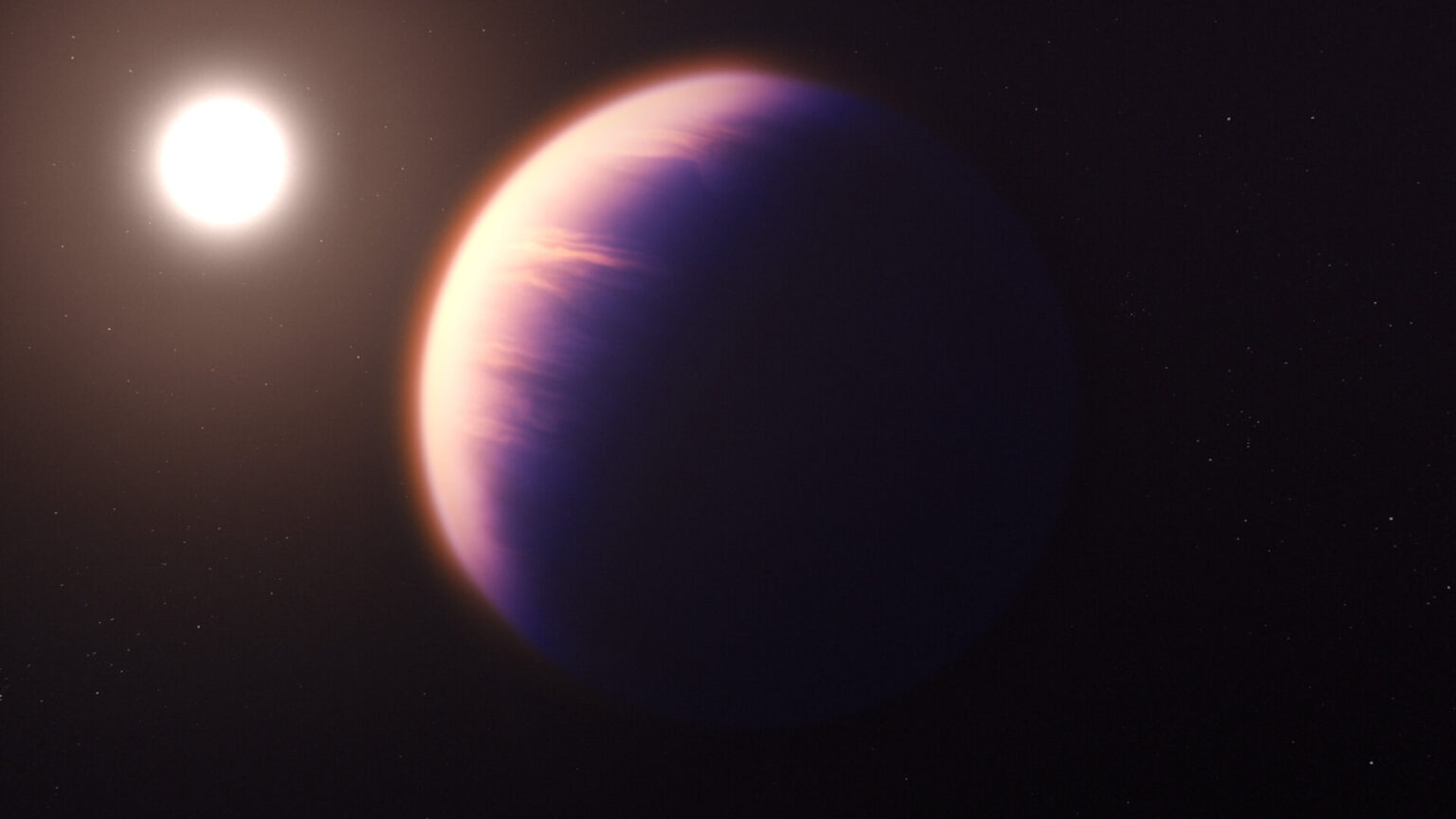Scientists used artificial intelligence in the form of physically informed neural networks to model the interaction of light with the atmospheres of exoplanets. This is expected to allow better spectral analysis of them and learn more details about the chemicals there.

Necessity of calculation of atmospheric models of exoplanets
Researchers from LMU, the ORIGINS Excellence Cluster, the Max Planck Institute for Extraterrestrial Physics (MPE), and the ORIGINS Data Science Laboratory (ODSL) have made an important breakthrough in analyzing exoplanet atmospheres.
Using physically informed neural networks (PINNs), they were able to model the complex light scattering in the atmospheres of exoplanets with greater accuracy than previously possible. This method opens up new possibilities for analyzing exoplanet atmospheres, especially taking into account the influence of clouds, and could greatly improve our understanding of these distant worlds.
When distant exoplanets pass in front of their star, they block a small fraction of starlight while an even smaller fraction penetrates the planet’s atmosphere. This interaction leads to changes in the light spectrum reflecting atmospheric properties such as chemical composition, temperature, and cloud cover.
However, in order to analyze these measured spectra, scientists need models that can calculate millions of synthetic spectra in a short time. Only by comparing the calculated spectra with the measured spectra, we obtain information about the composition of the atmospheres of the observed exoplanets. Moreover, new highly detailed observations coming from the James Webb Space Telescope need equally detailed and sophisticated atmospheric models.
Rapid solution of complex equations thanks to artificial intelligence
A key aspect of exoplanet research is atmospheric light scattering, especially cloud scattering. Previous models could not meet this scattering, leading to inaccuracies in the spectral analysis.
Physically informed neural networks offer a crucial advantage as they are able to solve complex equations efficiently. In a recently published study, scientists trained two such networks. The first model, developed without considering light scattering, showed remarkable accuracy with a relative error of mostly less than 1%.
The second model included an approximation of so-called Rayleigh scattering, the same effect that makes the sky appear blue on Earth. Although these approximations need further improvement, the neural network was able to solve the complex equation, which was an important achievement.
Interdisciplinary cooperation
These new results were made available through a unique interdisciplinary collaboration between physicists from the Technical University of Munich, the ORIGINS Excellence Cluster, the Max Planck Institute for Physics of Extraterrestrial Bodies (MPE), and the ORIGINS Data Science Laboratory (ODSL), which specializes in development in physics.
“This synergy not only advances exoplanet research, but also opens up new horizons for the development of AI-based methods in physics,” explains lead study author David Dahlbüdding from LMU.
“We want to further expand our interdisciplinary collaboration in the future to simulate the scattering of light off clouds with greater precision and thus make full use of the potential of neural networks.”
According to phys.org


